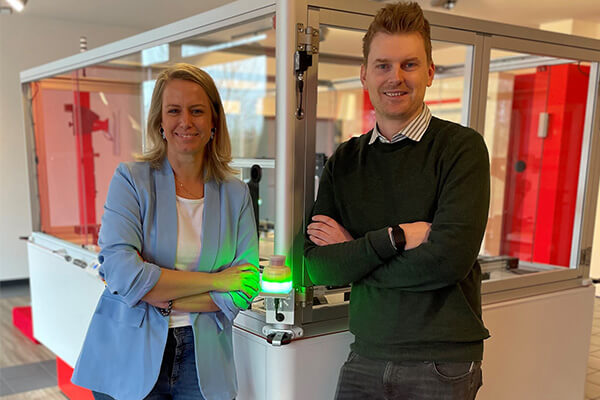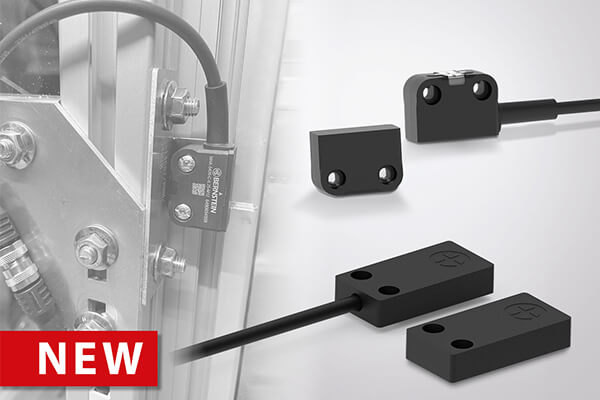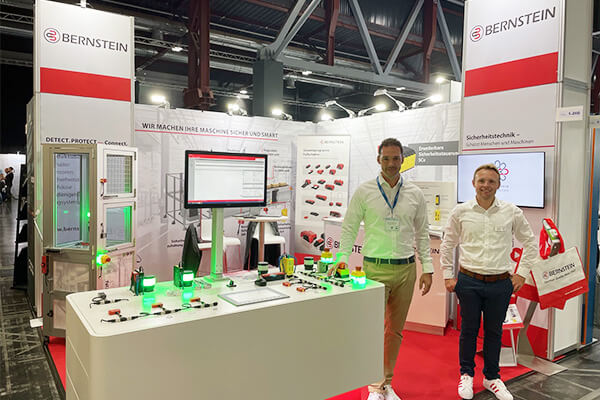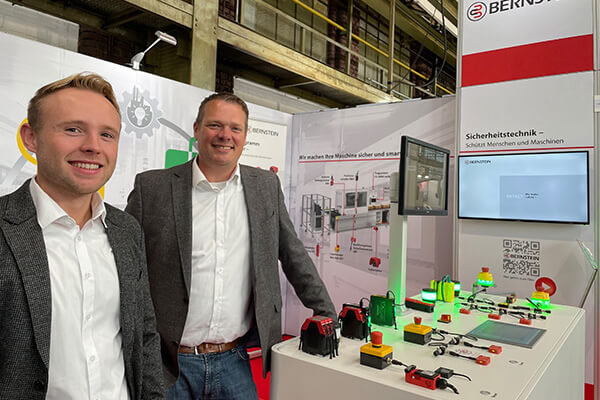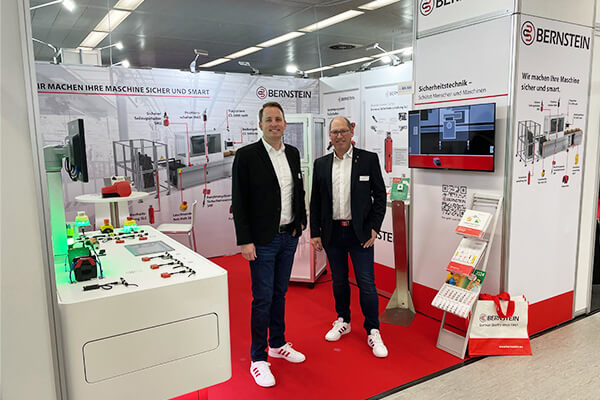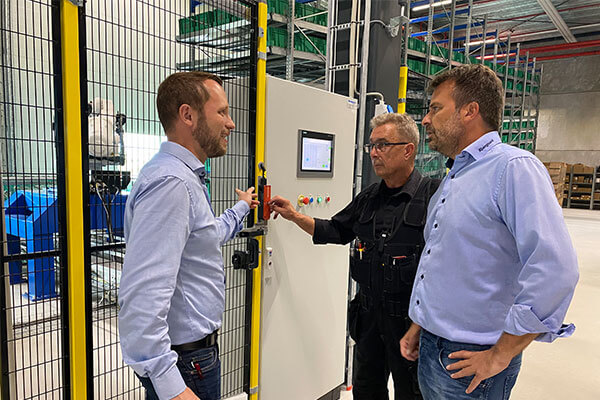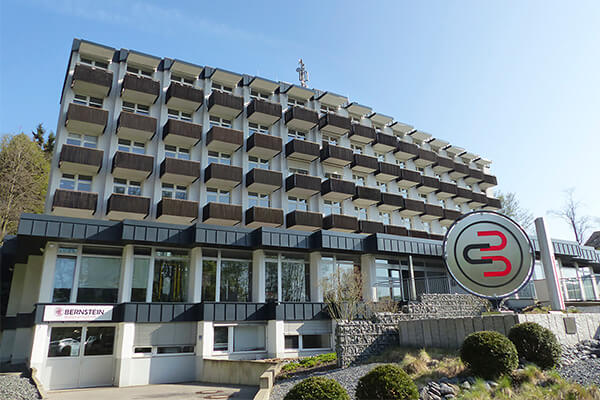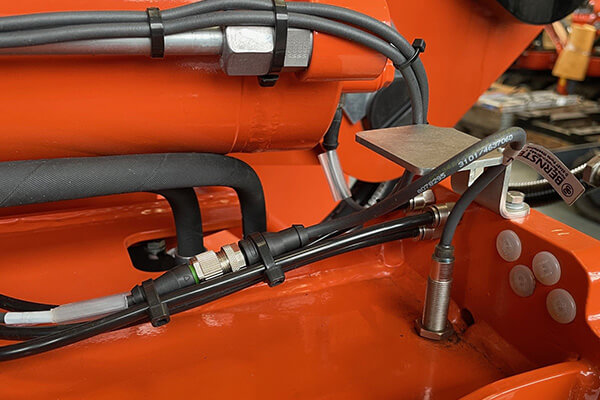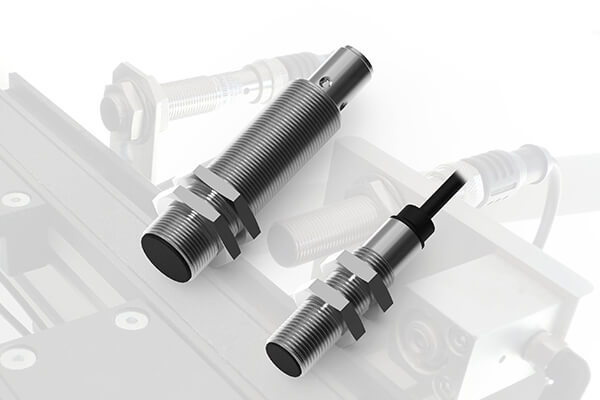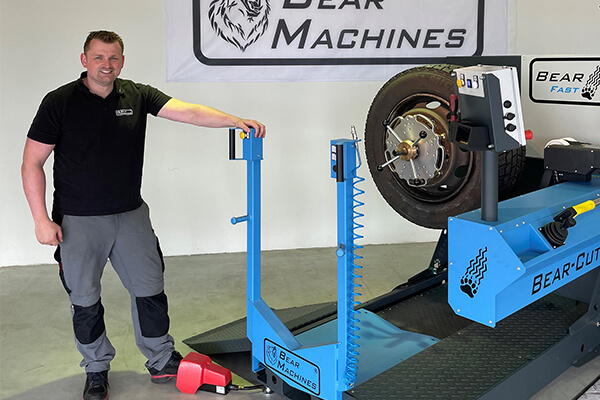Highlights
Detect
BERNSTEIN AG expands its magnetic switch portfolio
The new MAK-50 and MAK-54 sensors now complement our popular product family of magnetic safety sensors
Exhibitions
-
Chemnitz, Germany
Once again this year, we will have our own stand at the all about automation trade fair in Chemnitz. We will be showcasing many products relating to safety and enclosure technology.
Exhibitions
all about automation Düsseldorf
-
Düsseldorf, Germany
You will find us again at all about automation in Düsseldorf in 2025. We look forward to your visit!
Exhibitions
-
Hamburg, Germany
This year we will once again be represented with our stand at the all about automation in Hamburg. Come and have a look!
Company
An entrepreneurial personality at BERNSTEIN AG celebrates her birthday and 55th company anniversary
Company
Package of measures to optimise business processes
Focus on customer needs and delivery performance
Applications
SIB inductive sensors from BERNSTEIN
Efficient safety solutions: Inductive safety sensors from BERNSTEIN AG for ATLAS loader cranes
Detect
Inductive sensors for safety concepts from BERNSTEIN
Safety and efficiency redefined
Applications
BERNSTEIN foot switch with enabling function revolutionises tyre processing at Bear Machines GmbH
